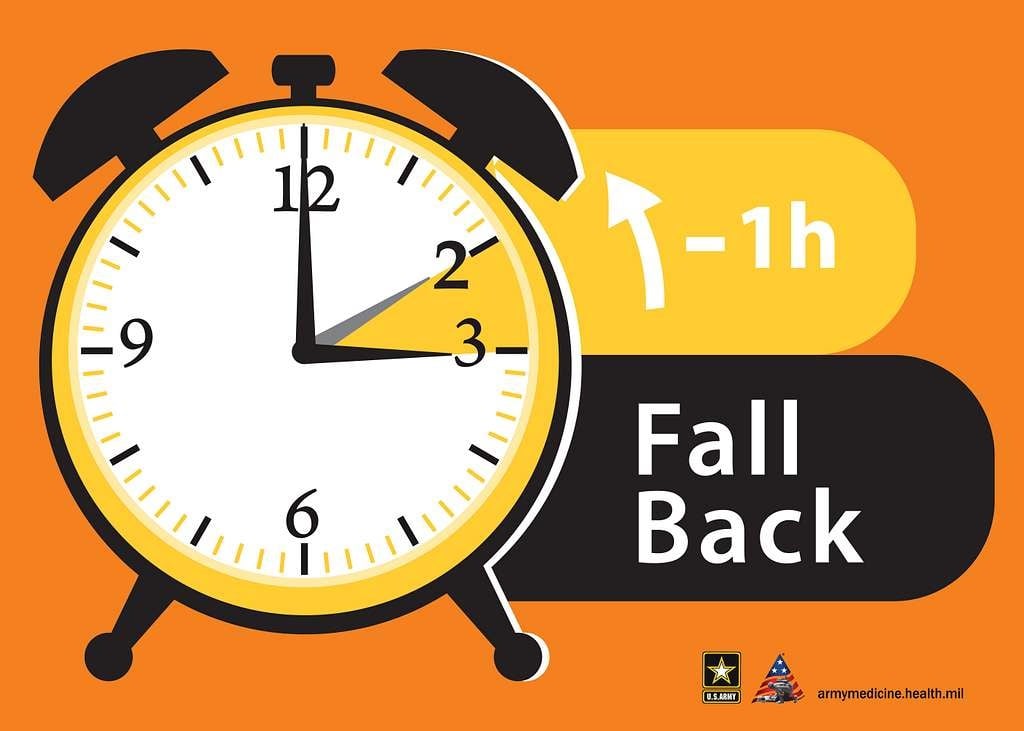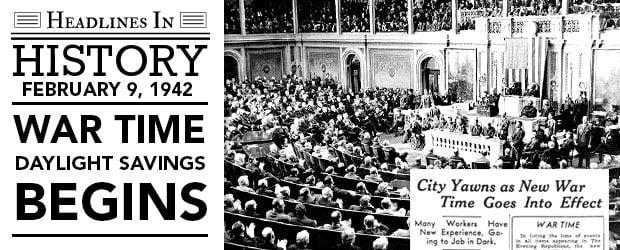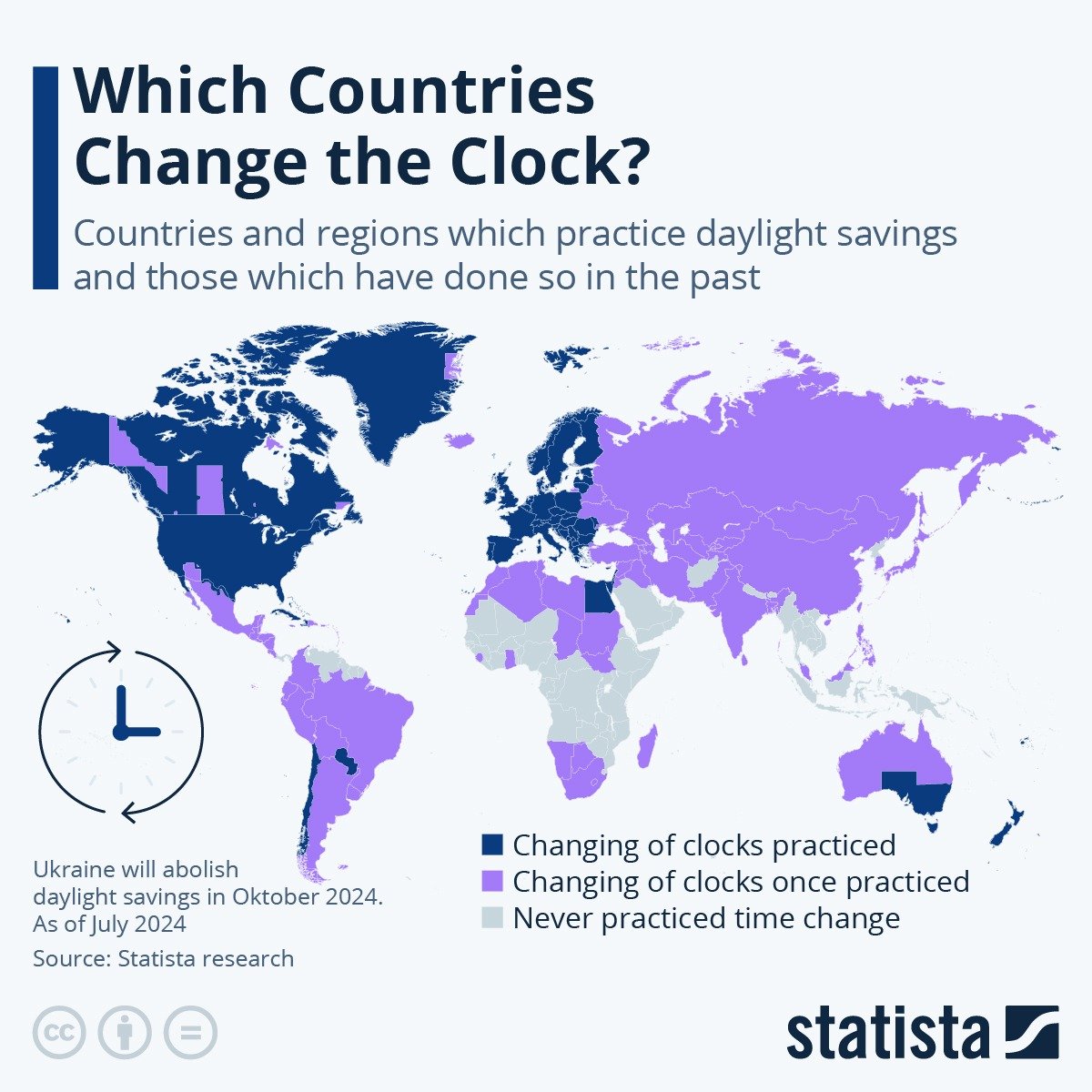"Fall Back!" Daylight Saving Time Ends This Weekend
Language
Reading Level
Listen to Article
Alignment

Planning to stay up late on Halloween? Then you will be pleased to know that November 2, 2025, marks the end of Daylight Saving Time (DST). On this day, most North Americans will set their clocks back by an hour, gaining extra time to sleep or play. This simple change will also shift daylight into the morning, making it a little easier to wake up for school or work during the shorter winter days.
Benjamin Franklin was the first to suggest changing the clocks in 1784. The American inventor jokingly proposed the idea in a letter to the Journal of Paris as a way to save candles. In 1895, New Zealand resident George Hudson suggested moving clocks back by two hours. He wanted the extra daylight to study insects. Britain’s William Willett proposed the time change in 1907 as a way to save electricity. But both men were ignored.

DST finally became a reality in April 1916, when Germany moved clocks by an hour to save fuel to make weapons during World War I. The US and Britain soon followed. After the war, all the countries reverted to Standard Time. DST was reinstated during World War II. When the war ended in 1945, US officials canceled it nationwide. But states and districts could continue the practice and even set their own start and end dates.
This resulted in what Time Magazine called a "chaos of clocks." By 1965, Iowa alone had 23 different sets of DST start and end dates. The 1966 Uniform Time Act ended the confusion by setting fixed "Spring Forward" and "Fall Back" dates for the entire country. But the law was not mandatory. So Hawaii, most of Arizona, and the US territories — Puerto Rico, Guam, the Northern Marina Islands, and the US Virgin Islands — opted out.

DST originally began and ended on the last Sundays in April and October. In 1986, President Ronald Reagan moved the start date to the first Sunday in April. The Energy Policy Act of 2005 moved it even earlier to the second Sunday in March and extended the end date to the first Sunday in November. The various changes shifted more daylight into the evenings of early spring and late fall, making the winter months feel a little less dreary.
Though the dates vary, DST is observed in about 70 countries worldwide. Despite its widespread use, the ritual is not very popular. Experts say the time changes disrupt the body’s sleep-wake cycle. This can lead to fatigue, reduced concentration, and even an increased risk of heart problems.
Over the years, many U.S. states have passed bills to stay on standard time year-round. However, federal lawmakers have not approved these changes. So, unless you live in a state that does not observe DST, you have no choice but to enjoy the bonus hour this weekend!
Happy "Fall Back!"
Resources: Wikipedia.org, History.com